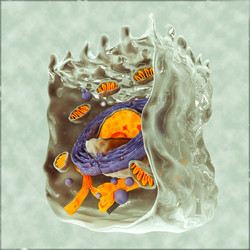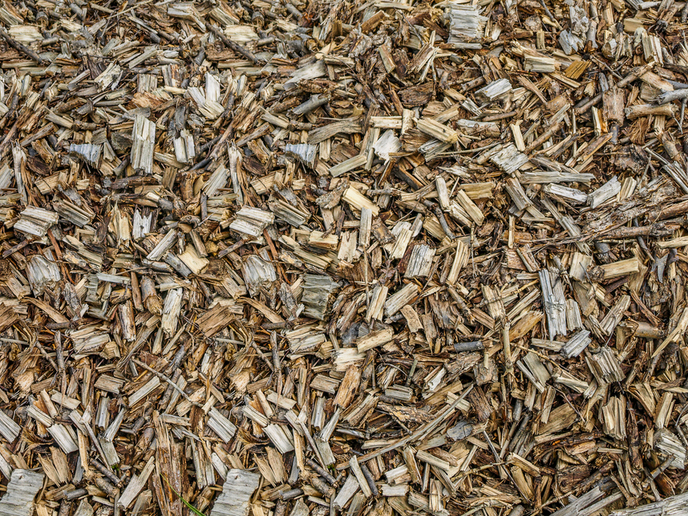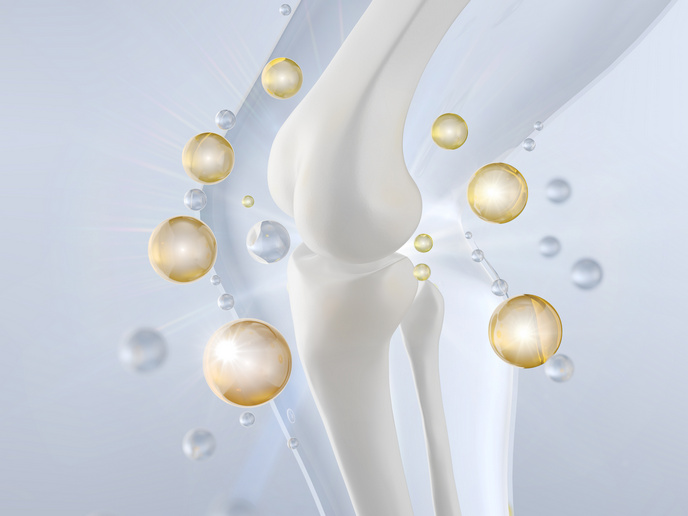Regulatory mechanisms of the extracellular matrix.
The ECM is the non-cellular component present within all tissues and organs and is composed of water, proteins and polysaccharides. It provides physical scaffolding for the cells and initiates crucial biochemical and biomechanical processes that are required for tissue morphogenesis, differentiation and homeostasis. Each tissue has an ECM with unique composition and topology that is generated during tissue development. The research on interactions of cells with ECM is mostly performed on isolated cells in culture. In recent years, microfabrication tools have been employed to create cell culture systems in which the microenvironment can be precisely controlled. The EU-funded CELL-MATRIX (Biophysics of the cell-matrix interface) project applied nanometre scale patterning and fabrication technologies to study the relationship between different types of signals in cell regulation. Researchers attempted to produce fibres that are organised in a similar fashion to natural ECM and then combine it with another type of signal to which cells are responsive. Electron beam lithography was first applied to produce lines of fibronectin that were 100 nanometres wide on cell culture compatible substrates. Using binding as readout, researchers registered cell responses to these lines. In tissues, molecules such as oxygen, glucose and lactate are present as gradients and the function of cells depend on these gradients. In the final version, diffusive gradients were chosen as the second signal source. To create stable gradients, researchers developed a new type of cell culture chamber where gradients were captured by restricting diffusive access to the medium above the cells. In these chambers cells were growing in a radially dependent fashion, relative to the opening in the chamber. Some cell types such as fibroblasts aligned along the axis of diffusion. The actual combination of the two signals has yet to be completed. However, the results of the project demonstrated new tools for studying cells in engineered microenvironments and in metabolic gradients.







